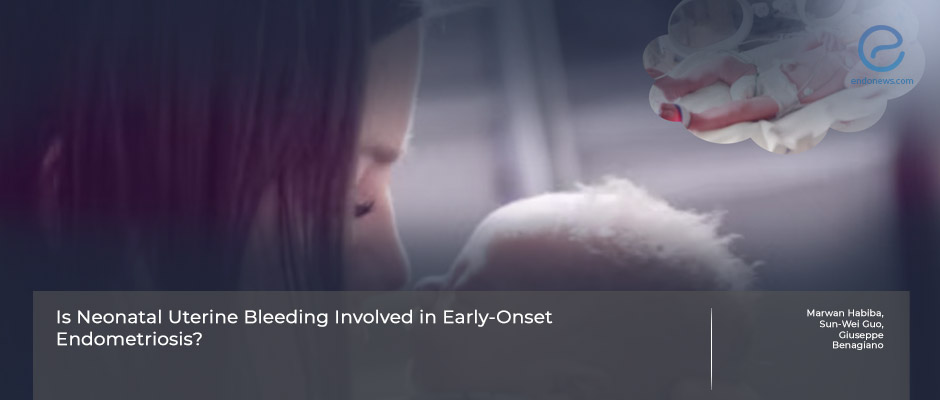Any link between endometriosis and neonatal uterine bleeding?
Jun 14, 2024
Evidence to prove the association between neonatal uterine bleeding and premenarchial endometriosis is not yet sufficient.
Key Points
Importance:
- Neonatal bleeding is a sign of early uterine development, and its pathophysiology needs exploration due to many unknowns of the topic.
Highlights:
- The association between neonatal uterine bleeding and further endometriosis is still not clear due to research both in favor and against the subject.
What's done here:
- This is a literature review of the pathogenic theories about endometriosis, the role of retrograde menstrual bleeding, and its potential role in the early onset of the disease.
Basic Outlines:
- It was postulated that neonatal uterine bleeding could result in retrograde blood flow into the peritoneal cavity, which would cause seeding mesenchymal cells and later proliferation, leading to the development of endometriosis.
- Yovich et al., Novak, and others object to this explanation for its pathophysiology.
- Discussions among the research on the pathophysiology of premenarchial endometriosis in front and opposite are still far from leading to any significant conclusion.
Lay Summary
A Medline search using the keywords " neonatal uterine bleeding," " pathophysiology," and "premenarche" was made by Dr. Habiba et al. from the Department of Health Sciences, University of Leicester, Leicester, UK. A total of 2264 articles were collected, and the final twenty-one, after the exclusion criteria were used to compose the text recently published in Biomolecules.
The authors aimed to focus on the evidence favoring and against the neonatal origin of perimenarchial endometriosis, they discussed the research in the relevant literature and listed the evidence that supports or opposes the link.
The cervix of a newborn girl is 2 to 2,5 times bigger than their uterine corpus, so this may add resistance to menstrual efflux that can result in the retention of endometrial debris, which seems to support the link. Another determination is the increased risk of endometriosis among adolescent girls with Müllerian tract anomalies that obstruct outflow. Although this finding has not yet been confirmed, it also supports the link. In adults, menstrual fluid contains immune cells, endometrial mesenchymal stem cells (some viable eMSCs), and endometrial epithelial progenitor cells. It was also proposed that the cellular composition of menstrual fluid can vary during irregular shedding, which may increase the chance of endometriosis. In postmenopausal women, the progenitor cells can remain dormant for many years. This information can also prove the association of NUB with endometriosis. On the other hand, the results of research that examined 18 neonates with NUB showed no endometrial cells and eMSCs in collected endometrial blood samples.
Nothing is known about whether there is a potential for neonatal endometrial cells to survive or implant. The cervical plugin for neonate females is proven, but little about the fallopian tubes is known.
"The link between NUB and premenarchial endometriosis is plausible even though there are considerable challenges to collecting supporting evidence", the authors concluded at the end of their review.
Research Source: https://pubmed.ncbi.nlm.nih.gov/38785956/
neonatal uterine bleeding early-onset endometriosis retrograde menstruation premenarchal endometriosis menarche endometriosis.

